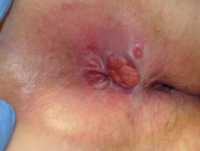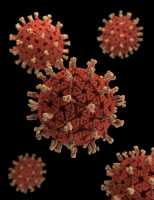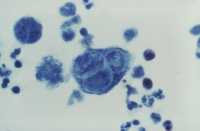Author Interviews, HIV, JAMA, Sexual Health, STD / 11.12.2019
STD Infections Common Among Those Starting or Staying on PReP for HIV Prevention
MedicalResearch.com Interview with:
Jason Ong, PhD, MMed, MBBS, FAChSHM, FRACGP
Twitter: @DrJasonJOng
Sexual Health Physician, Melbourne Sexual Health Centre, Alfred Health
Associate Professor (Hon), London School of Hygiene and Tropical Medicine, UK
Central Clinical School, Monash University, Australia
Melbourne School of Population and Global Health, University of Melbourne, Australia
Associate Editor, Sexually Transmitted Infections
Special Issues Editor, Sexual Health
Board Director, ASHM
MedicalResearch.com: What is the background for this study?
Response: HIV pre-exposure prophylaxis (PrEP) is being rolled out globally. This will protect many people from HIV, however PrEP does not protect against other sexually transmitted infections (STI). So we wanted to quantify how much STIs are in PrEP users as a means to advocate to strengthen sexual health services in these settings where PrEP is being offered.
(more…)






























